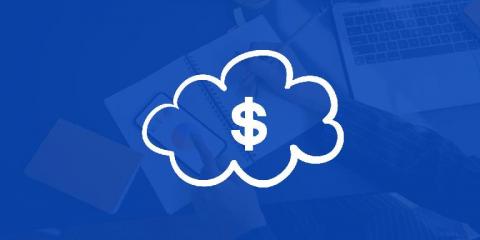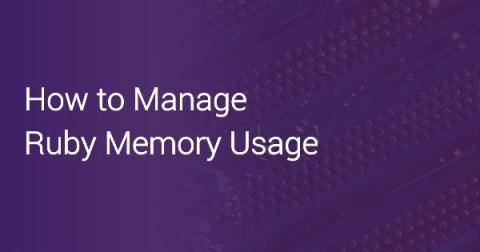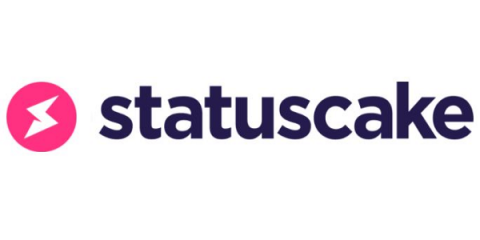The True Cost of Downtime For Businesses
In this post, we’re sharing some of the best insights from specialists across a variety of industries to answer: What is downtime & why is downtime so detrimental for businesses? As well as answering this key topic we’ll also cover how businesses can take steps to prevent downtime & understand the underlying causes behind this often costly concern. Downtime is a term used to refer to a period of time in which a system, website or service is unavailable to its users.











